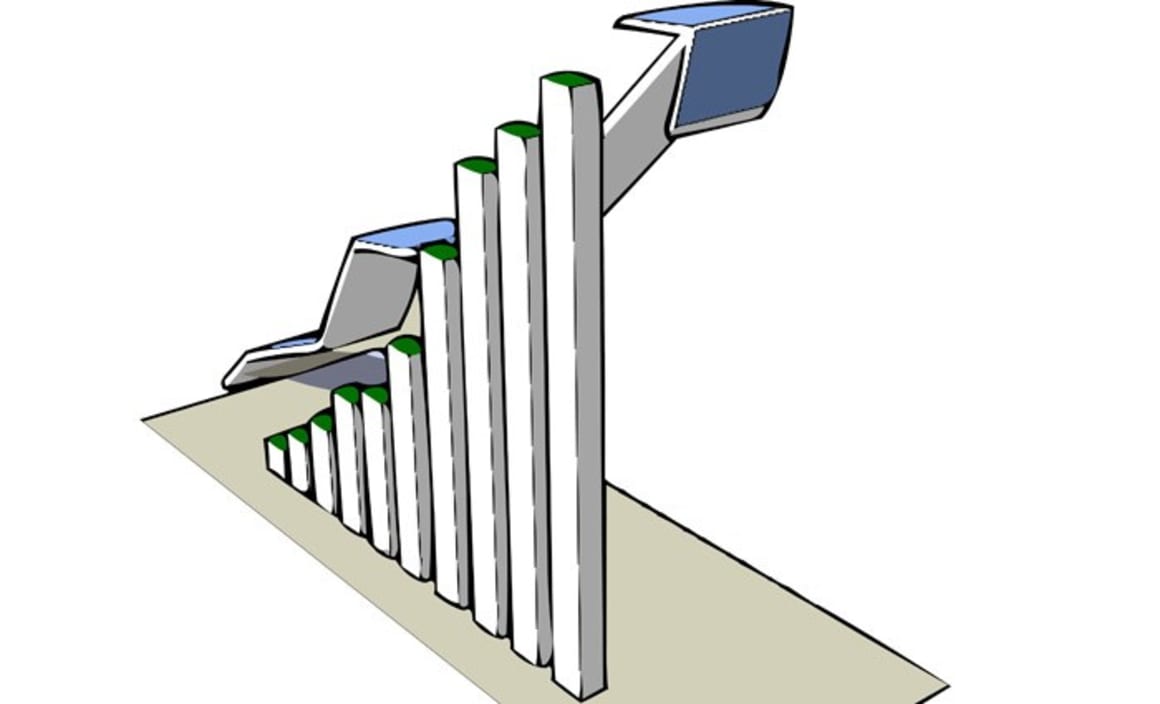RBA rate cuts are coming: Shane Oliver

EXPERT OBSERVATION
This month’s RBA Board meeting saw interest rates remain on hold for the 30th meeting (or 33rd month) in a row.
While the RBA still sees the labour market as being strong it has further revised down its 2019 growth forecast to 2.75% (from 3% in February and from 3.25% in November) and its underlying inflation forecast to 1.75% for this year (from 2% in February and from 2.25% in November) and to 2% for next year (from 2.25% in February). This reflects weaker than expected data for growth and inflation in recent months.
Our expectation was that the RBA would cut at this meeting particularly given the weak March quarter inflation outcome. But given the timing of the election and the RBA’s focus on the jobs market it was a close call and in the event while the RBA has yet again lowered its growth and inflation forecasts it has opted to leave rates on hold for the time being.
Unfortunately we won’t really know whether the RBA has moved to an easing bias until the Minutes are released for this meeting in two weeks time because in recent times it has expressed its bias either in the minutes or in speeches. However, in a dovish twist it noted at the end of its post meeting statement that it recognises “that there was still spare capacity in the economy and that a further improvement in the labour market was likely to be needed for inflation to be consistent with the target.”
This continues the RBA’s focus on the labour market and implies that in the absence of a further improvement in the labour market inflation won’t head back to target. Which in turn would be consistent with rate cuts.
Our assessment is that unemployment will drift up from here – not dramatically but to around 5.5% by the end of the year – and we continue to see the RBA cutting the cash rate to 1% by year end. We have pencilled in a cut for June but concede that the RBA may wait a bit longer given that there is only one month’s worth of jobs data to be released between now and then.
The problem for the RBA is that inflation has been undershooting its forecasts and the 2-3% inflation target for several years now. The longer this persists the more the RBA will lose credibility, seeing low inflation expectations become entrenched making it harder to get inflation back to target and leaving Australia vulnerable to deflation in the next economic downturn.
Click here to enlarge:

Source: RBA, Bloomberg, AMP Capital
DR SHANE OLIVER is the Head of Investment Strategy and Chief Economist for AMP Capital.